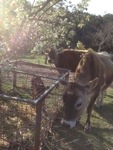This weeks forage was a fantastic learning experience with my friend and foraging partner Simone.

our local forests (literally metres from home) offer up a glorious bounty every autumn
Simone’s key birthday wish this year, and our foraging expedition goal was to target and understand the Slippery Jack.
Mine was to spend time with the wonderful Diego Bonetto and eat the forest bounty from the sizzling pan of the wonderful Patrick Haney…… I’m thrilled to say we were successful on both counts

Patrick, Diego and crew with our delicious orecchiette lunch. yum yum….
Although we’ve both been foraging fungi locally for a few years with confidence it’s always a great thing to anchor your knowledge and learn about wild edible mushrooms with a custodian of old knowledge.
Diego hails from an ancient European tradition with the knowledge of the shoreline, field and forest is handed down from generation to generation and where the ethical relationship between man and foraging is understood and handed on in a physical and practical way. Collect only what you need. Leave to nature what can procreate for the next season….
Understanding the golden rules of identifying and collecting edible wild herbs and the fruiting flower of fungi-mushrooms- is essential to safely enjoying the wild produce nature offers us seasonally. Pine mushrooms have a symbiotic relationship with pine trees and therefore only exist in mature pine forests.
There are around 25,000 species of mushroom in Australian. Today Diego explains we are only going to look at three fungi- and collect only these two.
Suillus luteus commonly known as Slippery Jacks,

and lactarius deliciosus or Saffron Milkcap.

We would also identify and see two other fungi. These two species were both left on the forest floor.
Amanita muscaria- the Fly Agaric.

like a faeries cottage…..
No mushroom is more iconic than Amanita muscaria. It is the mushroom of our dreaming stories- think Red Riding hood, faeries and goblins. Fly Agric is toxic and hallucinatory, but is also an indicator fungi- a signal. Where Fly Agric grow so too do the delicious pine mushrooms we seek.
And also Tricholoma terreum– commonly known as Grey Ghosts or Grey Knights.

Grey Ghosts
I’ve seen in many forums where people encourage gathering tricholoma terreum saying they are delicacies and many enjoy eating them, In the past this mushroom was considered edible – and in France and the Catal region is has a long heritage of being consumed – HOWEVER soil biota varies so widely and there are so many subspecies he would not encourage us to collect it in this (beginners experience)group activity.
Tricholoma species may contain nephrotoxic constituents particular when eaten in large amounts. Therefore Diego explained, today we would surely see them and we may pick a few of these to examine and smell their lovely scent but we do not sell or recommend consumption of this mushroom.
Grey ghost are incredibly beautiful translucent mushrooms growing in clusters at the base of fallen timber, they famously glow in the dark and…. squeak when you cut them, which is weird. Oh dear I think that mushrooms have feelings too….

Luminous at night, Grey Ghosts squeak when cut…..
I was very happy to leave them on the forest floor and just admire their soft grey semi transparent beauty. Would’ve been very nice to stay and see them in all their glory after dark, but that’s for another time.
The golden rule when mushroom foraging is- if you don’t know, don’t collect. Diego tells us that mushroom foraging is completely safe, provided you stick to what you know and don’t start guessing.
I’ve written at length about the glories of Saffron Milkcaps -and these are still my favourites so fast to prepare and deliciously satisfying to eat- but this post is all about Simone’s birthday adventure and the pursuit of knowledge about the Slippery Jack….
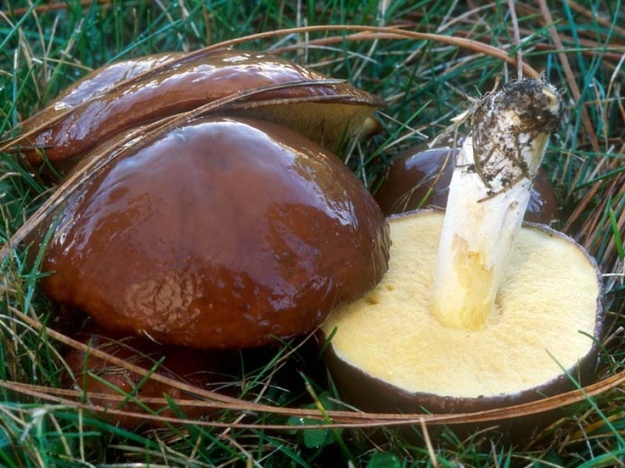
slippery Jack. will need to find photos of Jill- but she has polka dot legs and no skirt….
Slippery jacks are probably the first wild mushrooms occurring in Southern Australia that gained popularity with the new generation of gourmet mushroom hunters (at least my kitchen rules and some of these other reality TV shows have contributed something to normalising real food in this country). Australians have gleaned this knowledge from migrant Australians of eastern European extraction who have enjoyed collecting seasonal fungi for hundreds of years – traditions that consider these mushrooms (luteus and granulatus) a delicacy when pickled or dried (not porcini but pretty damn close in flavour profile).
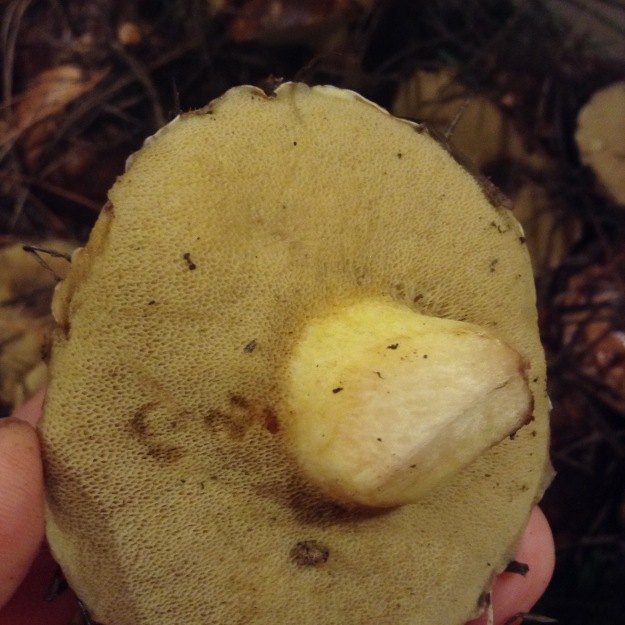
spongey base- not gills
A large, weighty mushroom with a sticky, slimy brown to gold cap with age, it occurs sometimes in massive troops below groves of Pinus Radiata a pine species you’ll find in every state forest on Australia’s eastern coast. The flavour can be earthy, versitile and the mushroom gives off a lot of liquid on cooking, making it especially suited to sauces. Another popular recipe is simply sautéing the sliced slippery jacks in butter, add sliced bacon and then the strained juice with some flour served on toast with parsley.
Slippery jacks are more demanding in preparation time, but this effort is well rewarded with a bright white dense mushroom product wonderfully suited to sauces and well flavoured soups. It dries like a dream for excellent longer term storage and is a flavoursome addition to soups, pastas and cassoulet all through winters darkness.

worth the effort to clean and prepare
The extra work involved in removing the slimy sticky brown cap skin or the yellow sponge will reduce the occasionally bitter aftertaste with this mushroom when eaten in large amounts.
We discovered there are several subspecies- so we’re very relieved at the ‘aha ‘ moment realising why we were seeing things on our home turf that made us not-quite-sure we were actually identifying edible slippery jacks to this point.
It’s seems that Jack cross dresses and wears a skirt – and Jill has spotty legs (and apparently isn’t nearly as tasty). Having an expert show us how to tell the difference very quickly gave us ‘slippery jack’ eyes and we started seeing them everywhere very quickly filling up our baskets.

Diego Bonetto- http://www.diegobonetto.com
Diego was a fantastic teacher and gave us great perspective on the local environment. He does a few of these trips each year and if you’re interested I’d highly recommend getting in touch with him via his Wild Stories website
Patrick Haney hangs out at the Cruise Bar, in Sydney’s Circular Quay. Patrick is one of a new breed of chef who connects directly with ethical farmers and the natural world to bring us food that is nutritionally superior in its simplicity. He’s slippery Jack pickle was just divine and a wild foraging version of a simple pho broth laden with foraged mushroom dumplings was so tasty I had third helpings. He also did an awesome creamy mushroom orecchiette redolent with parmigiana and wild dandelion greens…..
its simply reassuring to go out foraging with people you trust and who have the millennia of knowledge deep in their genetic code- understanding what to look for really does open your eyes to how much wild food nature has laid out for us all to share.


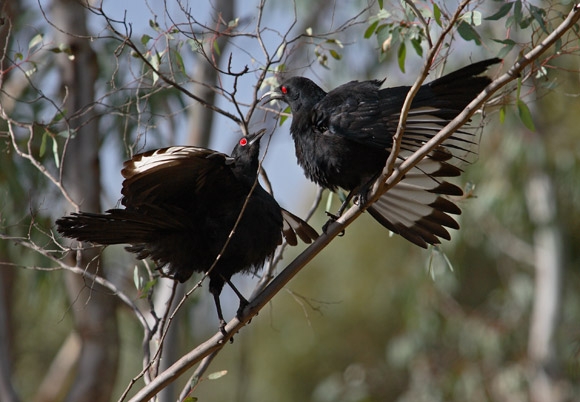
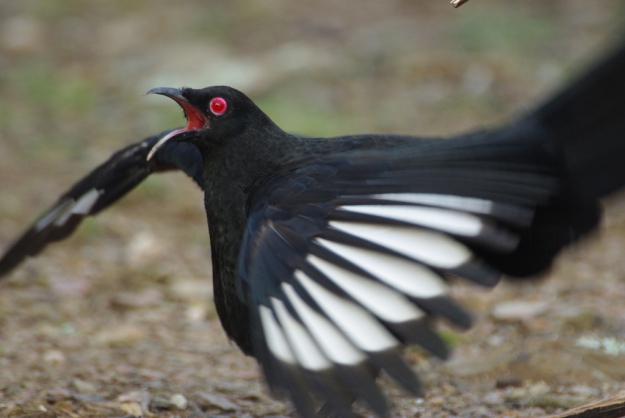















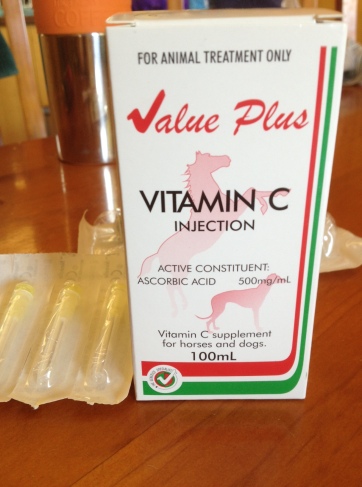


 t the laboratory -so I will eat butter.
t the laboratory -so I will eat butter.







